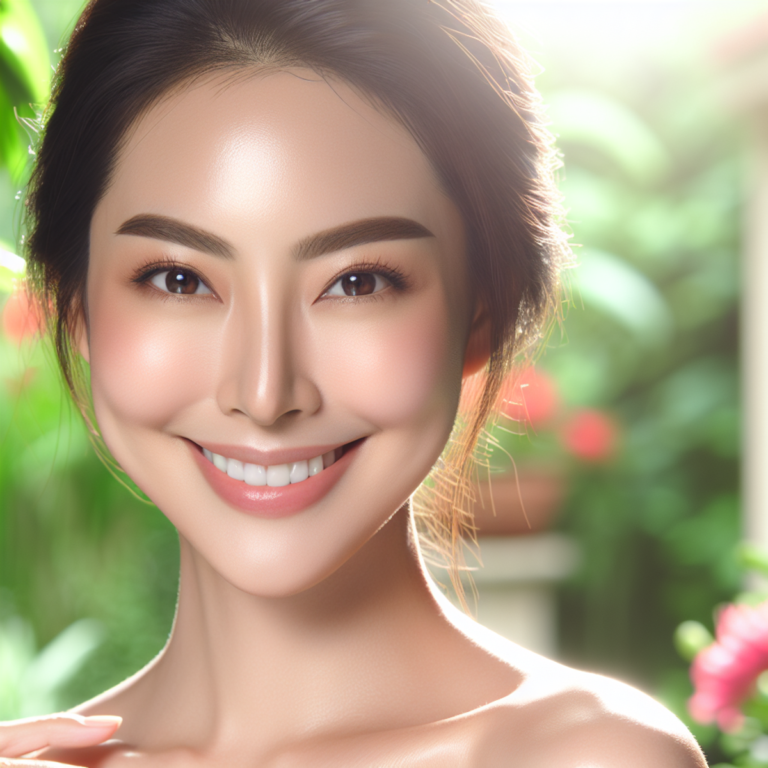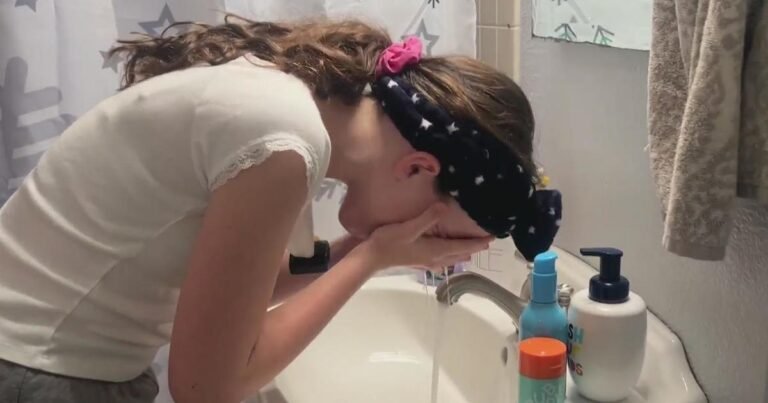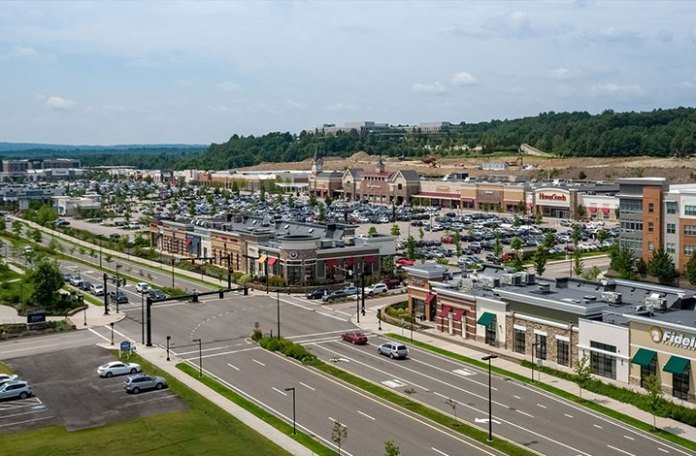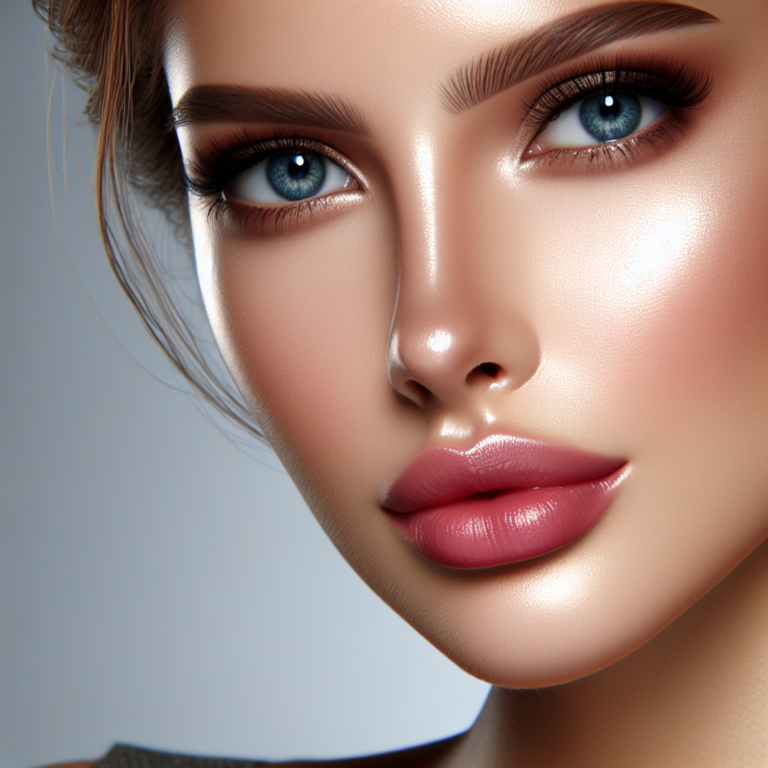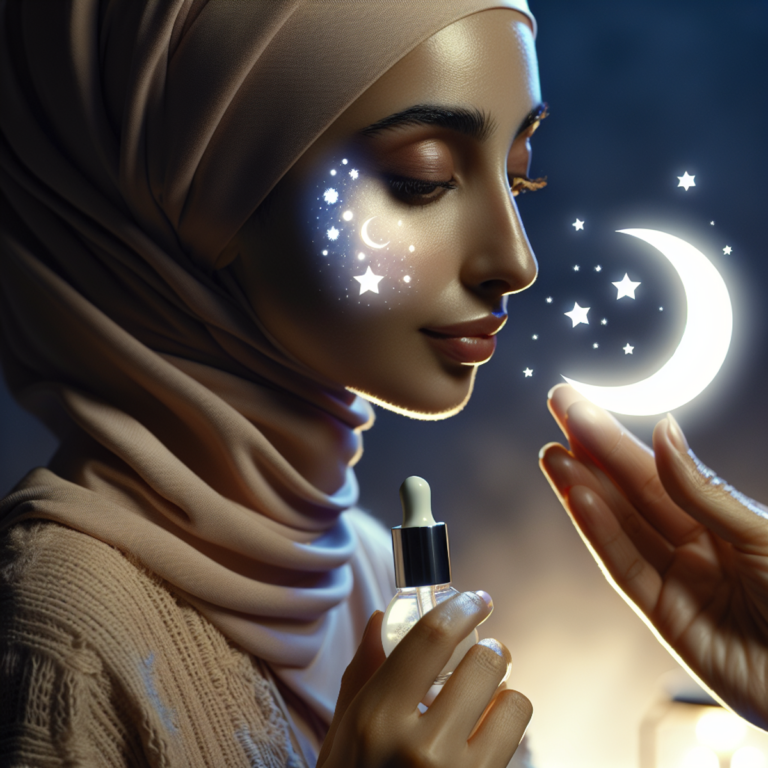30 of the Best Acne Treatments, According to Experts
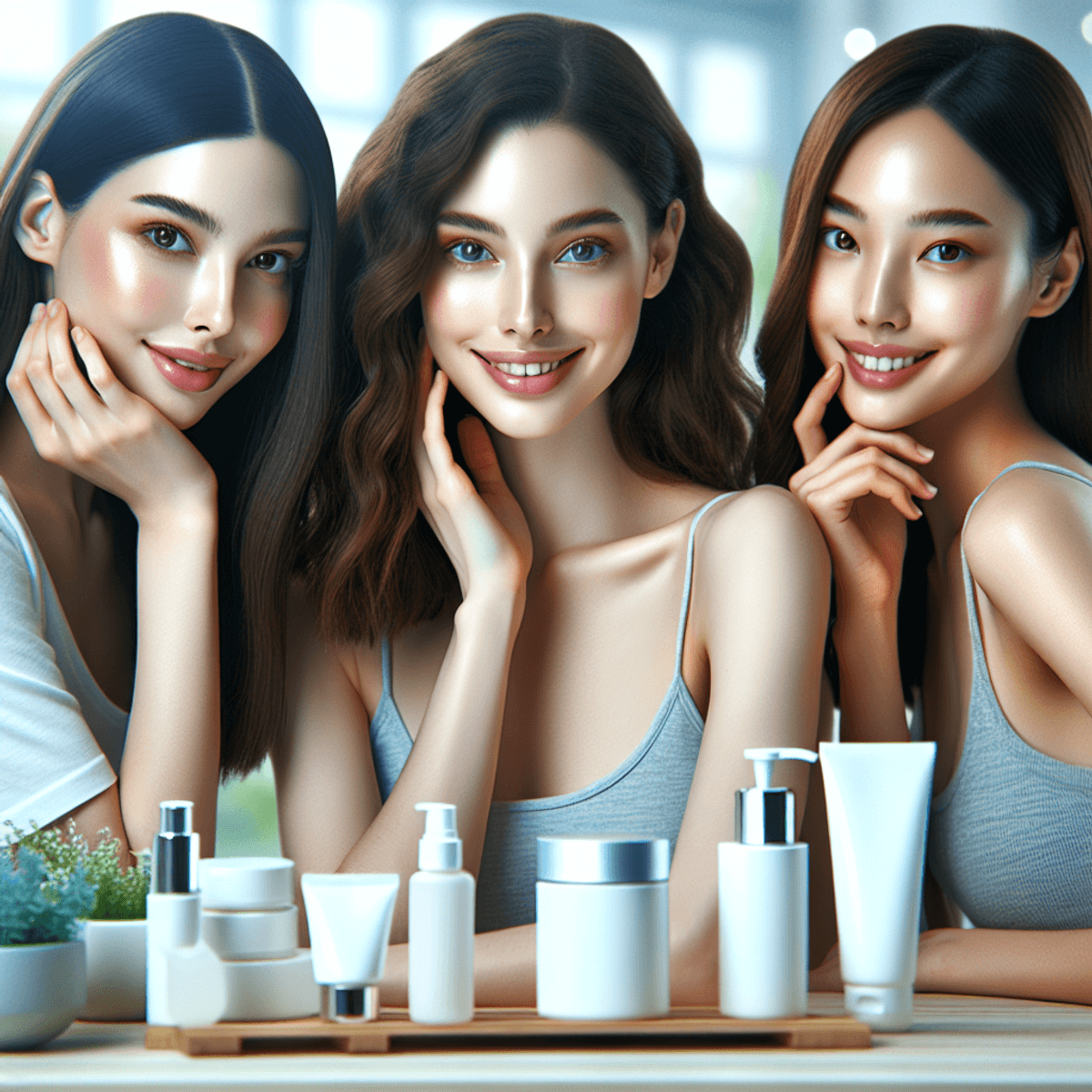
Introduction
Acne is a common skin condition that affects millions of people around the world, impacting self-esteem and confidence. Whether you’re looking for quick ways to get rid of pimples or long-term solutions for managing acne, finding the right treatments can be difficult. Acne can appear in different forms, from mild breakouts to severe cystic acne, and each type requires specific treatment methods.
It’s important to find effective treatments for both the physical and emotional effects of acne. With expert recommendations, you can learn how to remove pimple marks, deal with stubborn back pimples, and maintain clearer skin over time. It’s not just about immediate relief; understanding how to get rid of pimple marks and prevent future breakouts is essential for achieving lasting results.
In this blog post, you’ll discover 30 of the Best Acne Treatments, According to Experts. This comprehensive guide will explore their effectiveness and provide insights on choosing the right solution for your skin type. Whether you’re looking for tips on removing pimples from your face or holistic approaches for managing acne, the expert advice shared here will help you make informed decisions.
Understanding Acne
Acne is a complex skin condition that shows up in different ways, each with its own features. Knowing these types can help you choose the right treatment:
Types of Acne
- Cystic Acne: This severe form is characterized by painful, pus-filled cysts beneath the skin’s surface. The condition often results from a combination of hormonal fluctuations and bacterial infections, making it particularly stubborn to treat.
- Hormonal Acne: Typically appearing around the jawline and chin, this type is influenced by hormonal changes in the body. It often occurs during puberty, menstrual cycles, or periods of high stress.
- Comedonal Acne: Includes blackheads (open comedones) and whiteheads (closed comedones), commonly found on the forehead and nose.
Causes of Acne
Understanding what causes acne is key to managing it effectively. Several factors contribute to outbreaks:
- Hormones: Androgens can increase sebum production, leading to clogged pores and breakouts.
- Bacteria: The presence of Propionibacterium acnes can worsen inflammation and make acne symptoms more severe.
- Diet and Lifestyle: High-glycemic diets and stress are known to influence the severity of acne. For instance, foods rich in sugar may trigger insulin spikes that affect hormone levels.
Managing Acne
Addressing lifestyle factors can play a crucial role in acne management:
- Stress Management: Techniques like mindfulness or regular exercise can reduce stress-related breakouts.
- Dietary Adjustments: Incorporating low-glycemic foods might help maintain more stable blood sugar levels, potentially reducing the frequency of breakouts.
When trying to get rid of persistent issues like cystic pimples or bumps on the forehead, understanding these underlying causes is essential for choosing effective treatments.
Additionally, natural remedies for removing dark spots caused by pimples or pimple scars naturally include ingredients like vitamin C and niacinamide.
For those dealing with pimples on areas like the buttocks, home remedies such as maintaining proper hygiene and using antibacterial washes might offer relief.
Expert Recommendations for Acne Treatments
With so many acne treatments out there, it can be overwhelming to figure out which one is right for you. That’s why experts stress the importance of personalized solutions. We’ve put together a list of 30 acne treatments recommended by experts. These options are specifically designed to effectively address different skin types and concerns.
When it comes to getting rid of zits quickly or dealing with those pesky under-the-skin pimples, expert advice is priceless. This guide covers a wide range of treatments, from over-the-counter remedies to advanced procedures, so you can find the perfect solution for your skin’s unique needs. We also tackle common questions like how to prevent pimples and how to stop pimples, offering a holistic approach that may include lifestyle changes alongside topical treatments.
If you’re looking for quick fixes on how to get rid of pimples in just 5 minutes or ways to eliminate pimple scars, it’s essential to understand the root causes and choose the right products. Trust these expert recommendations as you explore options that promise clearer and healthier skin.
1. Over-the-Counter Treatments
When tackling acne, over-the-counter treatments are often the first line of defense. These products offer a convenient and accessible option for those looking to manage mild breakouts effectively. Among the 30 of the Best Acne Treatments, According to Experts, two standout ingredients widely recommended are benzoyl peroxide and salicylic acid.
Benzoyl Peroxide
Benzoyl peroxide is a powerful antiseptic known for its efficacy in reducing inflammation and killing acne-causing bacteria. Available in various formulations, including gels, creams, and cleansers, it works by penetrating deep into the pores to clear out debris and excess oil.
- Effectiveness: It not only helps get rid of spots but also shrinks cystic pimples overnight.
- Application Tips: Begin with a lower concentration (2.5% or 5%) to minimize irritation. Apply a thin layer to affected areas once or twice daily after cleansing your skin.
Salicylic Acid
Salicylic acid, another popular choice in acne treatment, excels at exfoliating the skin and unclogging pores. It is particularly effective for treating blackheads and whiteheads.
- Effectiveness: Known for how to get rid of pimples on the forehead overnight due to its ability to dissolve dead skin cells.
- Application Tips: Use a salicylic acid cleanser or spot treatment daily. Ensure even coverage across acne-prone areas to prevent future breakouts.
These topical treatments can be found in various products designed for different skin types. When choosing an over-the-counter product, consider your skin’s sensitivity and specific concerns. Consistent use as part of a comprehensive skincare routine can help you achieve clearer skin over time.
For those seeking solutions on how to remove pimple scars or how to get rid of spot scars, integrating these ingredients with other supportive products may accelerate results. While benzoyl peroxide and salicylic acid are pivotal in managing active breakouts, combining them with complementary treatments can provide a holistic approach to acne management.
2. Prescription Medications
When dealing with persistent or severe acne, prescription medications become a valuable option. These treatments are typically more potent than over-the-counter solutions, and they target the underlying causes of acne.
Topical Retinoids
Topical retinoids, such as adapalene, play a crucial role in preventing new breakouts while improving skin texture. These compounds work by promoting cell turnover, which helps clear clogged pores and reduces inflammation.
Benefits:
- Unclogs pores
- Reduces the formation of new pimples
- Improves overall skin tone and texture
For optimal results, apply retinoids evenly across affected areas, particularly at night when your skin can regenerate without exposure to sunlight.
Azelaic Acid
Azelaic acid serves as an effective alternative for those who may not tolerate retinoids or benzoyl peroxide well. Known for its anti-inflammatory and antibacterial properties, azelaic acid aids in reducing redness and swelling associated with acne.
Uses:
- Treats mild to moderate acne
- Minimizes pigmentation issues post-acne
- Suitable for sensitive skin types
Regular application can help manage acne symptoms effectively while enhancing skin clarity.
Oral Medications
When topical treatments are insufficient, oral medications like tetracyclines or hormonal therapies may be considered for more severe cases. Antibiotic creams can also be prescribed to target bacteria contributing to acne.
- Tetracyclines: Commonly used antibiotics that reduce bacterial growth and inflammation.
- Hormonal Therapies: Beneficial for women experiencing hormone-driven breakouts; options include combined oral contraceptive pills.
These medications are typically recommended under medical supervision due to potential side effects and necessary monitoring.
By understanding these prescription options, you’re better equipped to explore how to treat pimples effectively. Whether it’s addressing blind pimples, managing bumps on the buttocks, or seeking ways to remove pimples naturally at home, consulting with a dermatologist ensures you receive personalized advice tailored to your specific needs.
3. Natural Treatments
Exploring natural remedies offers a gentler approach to managing acne, particularly for those seeking an alternative to chemical-based treatments. Many individuals turn to home remedies for pimples using natural ingredients known for their antibacterial and soothing properties.
Tea Tree Oil
A popular choice due to its potent antibacterial qualities, tea tree oil can help reduce bacteria on the skin’s surface. Applying a diluted solution onto affected areas may assist in treating sudden face breakouts by minimizing inflammation.
Aloe Vera
Known for its calming effects, aloe vera gel is often used to soothe irritated skin. Its moisturizing properties can support the healing process, making it beneficial for reducing pimples.
For those wondering how to remove pimples permanently, incorporating these natural options into a regular skincare routine may yield gradual improvements. However, persistent or severe cases might require additional intervention.
Addressing concerns like getting rid of under-the-skin pimples overnight or dealing with vaginal pimples demands careful handling. While these remedies can offer relief, comprehensive strategies involving both lifestyle adjustments and consistent treatment are essential for long-term results.
Seeking advice on the best way to get rid of pimples? Consider integrating these natural treatments with other methods discussed earlier in your acne management plan.
4. Lifestyle Adjustments
A consistent skincare routine tailored to your skin type is crucial in preventing future breakouts.
Skincare Routine
- Identify your skin type: oily, dry, or combination.
- Choose products specifically designed for your skin type.
- Regularly cleanse with a gentle cleanser to remove excess oil and impurities.
- Consider incorporating treatments like salicylic acid or benzoyl peroxide for added effectiveness.
Stress Management
Stress management plays a significant role in acne management. High stress levels can worsen acne flare-ups due to hormonal changes that increase oil production.
Here are some techniques to reduce stress:
- Mindfulness meditation: Practice being present and aware of your thoughts and feelings without judgment.
- Regular exercise: Engage in activities like yoga or jogging to release endorphins, which naturally lower stress.
Balancing Lifestyle Factors
Balancing these lifestyle factors with targeted acne treatments can have a big impact on your skin’s health. Whether you’re looking for advice on how to stop breakouts or searching for ways to quickly get rid of blemishes, incorporating these adjustments into your routine can support clearer skin over time.
Embracing both skincare habits and holistic strategies creates a strong foundation for effectively managing acne.
5. Advanced Treatments for Severe Acne
Dealing with severe acne often requires more targeted approaches beyond basic skincare routines. Advanced treatments, performed by dermatologists or skincare professionals, can offer significant relief for persistent and stubborn acne cases. These professional procedures are designed to address various forms of acne and the residual effects they leave behind.
Chemical Peels and Their Role in Acne Management
Chemical peels are a popular choice among advanced treatments. This professional procedure involves applying a chemical solution to exfoliate the outer layer of skin. The process helps unclog pores and improve skin texture, making it a valuable option for those struggling with how to stop getting pimples or how to treat tiny bumps on the face.
Benefits of Chemical Peels:
- Exfoliates dead skin cells.
- Unclogs pores.
- Reduces appearance of spots, including how to get rid of spots on the face quickly.
- Enhances overall skin texture.
These peels can be particularly effective if you’re trying to figure out how to shrink a pimple in minutes or looking for methods on how to clear pimples generally. By promoting cell turnover, chemical peels aid in reducing acne scars and marks, addressing concerns such as how to remove dark spots caused by pimples overnight.
For those wondering how to get rid of teenage pimples naturally at home, while chemical peels aren’t a home remedy, they can complement a natural skincare routine by providing a deeper level of exfoliation and treatment when needed.
Photodynamic Therapy Effectiveness in Treating Stubborn Acne
Another advanced treatment option is photodynamic therapy (PDT). This method utilizes light-activated agents that target acne-causing bacteria deep within the pores. PDT is especially beneficial for treating stubborn acne types, such as cystic acne or severe hormonal breakouts.
Key Features of Photodynamic Therapy:
- Targets deep-seated bacteria.
- Reduces inflammation.
- Can be customized based on individual skin needs.
Photodynamic therapy may be an answer for those searching for solutions on how to get rid of chin pimples overnight or seeking ways how to stop pimples coming on the face permanently. While it might not provide instant overnight results like some home remedies claim, it offers long-term benefits by addressing the root causes of severe acne.
Both chemical peels and photodynamic therapy represent powerful tools in managing persistent acne issues. These treatments, conducted under professional guidance, can help you achieve clearer skin over time and reduce flare-ups effectively.
Photodynamic Therapy Effectiveness in Treating Stubborn Acne
Photodynamic therapy (PDT) is a powerful professional treatment designed for people dealing with severe acne that doesn’t respond to traditional methods. This advanced procedure uses light-activated agents to target the bacteria deep within the pores that cause acne. With its unique approach, PDT offers a promising solution for those looking to effectively stop getting pimples or treat tiny bumps on their face.
How it Works:
- Light-Activated Agents: The process begins with applying a photosensitizing agent to the skin. This compound is absorbed by the sebaceous glands and acne lesions.
- Light Exposure: A specialized light source is then used to activate this agent, producing reactive oxygen species that eradicate bacteria and reduce sebaceous gland activity.
Benefits of Photodynamic Therapy:
- Deep Penetration: Reaches bacteria buried within the skin layers, offering a comprehensive approach compared to surface treatments.
- Reduces Sebum Production: By normalizing oil production, PDT aids in preventing future breakouts.
- Minimal Downtime: Although some redness and peeling might occur, recovery is generally swift.
For those seeking quick solutions to get rid of spots on their face or natural remedies for teenage pimples at home, this method provides an option that addresses root causes rather than just surface symptoms. While not typically a first choice, it becomes invaluable for persistent cases needing strong intervention.
This approach complements other procedures like chemical peels, highlighting its role in a comprehensive acne management plan. Whether you’re exploring ways to clear pimples or remove dark spots caused by pimples overnight, understanding these advanced therapies broadens your options against stubborn acne challenges.
Managing Acne Scars and Marks After Breakouts
Dealing with acne scars can be as challenging as the acne itself. These marks, often a result of post-inflammatory hyperpigmentation, require targeted treatment for effective fading. To help you achieve clearer skin, dermatologists recommend certain products rich in vitamin C and niacinamide.
Effective Ingredients for Scar Reduction
1. Vitamin C
Known for its brightening properties, vitamin C is a potent antioxidant that helps reduce pigmentation and even out skin tone. Regular use can gradually diminish the appearance of dark spots left by pimples.
2. Niacinamide
This form of vitamin B3 is celebrated for its ability to lighten scars and improve skin texture. Niacinamide also aids in reducing redness and inflammation, making it a valuable component in pimple scar removal cream.
Both ingredients are widely available in serums and creams that target how to get rid of pimples and their aftermath. For those seeking natural scar treatments, incorporating these elements into your skincare routine can be transformative.
Natural Methods to Remove Pimples
For those interested in how to remove pimples naturally and permanently, options include the use of aloe vera gel or honey masks. Both possess soothing properties that can aid in healing the skin. While natural methods may not offer overnight results, consistent application can support skin recovery over time.
The quest for how to get rid of pimples on face often involves a combination of topical applications and lifestyle adjustments. While patience is key, leveraging scientifically-backed ingredients ensures a proactive approach to erasing scars from previous breakouts.
Long-term Strategies for Preventing Future Breakouts
Keeping your skin clear involves developing consistent habits and making mindful choices that help prevent acne in the long run. Here are some effective strategies you can incorporate into your daily routine:
1. Use Non-Comedogenic Products
Choose skincare and makeup products labeled as non-comedogenic, meaning they won’t clog pores. This is crucial for preventing pimples permanently and avoiding the formation of small bumps on the face.
2. Avoid Touching Your Face
Frequent contact with your face can transfer oils, bacteria, and dirt from your hands, potentially leading to new breakouts. Practicing restraint in this regard can significantly reduce the occurrence of spots on your face.
3. Regular Cleansing Routine
Cleanse your face twice daily using a gentle cleanser suited for your skin type. This helps remove excess oil, dirt, and sweat, minimizing the risk of tiny bumps forming on your face.
4. Exfoliate Regularly
Incorporate exfoliation into your routine 1-2 times a week to slough away dead skin cells and prevent clogged pores. Consider products containing alpha hydroxy acids (AHAs) or beta hydroxy acids (BHAs) for effective results.
5. Moisturize Daily
Even if you have oily skin, moisturizing is essential. Choose a lightweight, oil-free moisturizer to maintain hydration without causing breakouts or adding unnecessary shine.
6. Sun Protection
Apply a broad-spectrum sunscreen daily to protect your skin from harmful UV rays that can exacerbate acne scars and spots.
7. Healthy Diet and Hydration
A diet rich in antioxidants and low in processed foods supports skin health. Staying hydrated ensures your body functions optimally, aiding in the prevention of pimples coming on the face at home.
By integrating these key practices into your lifestyle, you enhance your chances of achieving clearer skin over time while effectively managing how to get rid of little bumps on your face quickly.
Conclusion: Finding Your Ideal Acne Treatment Plan
Navigating the world of acne treatments can be overwhelming, but understanding your skin’s unique needs is a crucial first step. 30 of the Best Acne Treatments, According to Experts have been explored here, offering a variety of options from over-the-counter solutions to advanced therapies. Whether you’re wondering how to get bumps off your face or seeking effective pimple scar removal, there’s a pathway for you.
If you’ve tried multiple pimple remedies or pimple treatment at home without seeing desired results, it might be time to consult a dermatologist. Professional guidance ensures that persistent acne, including challenging issues like blind pimple treatment, is addressed with precision and care.
A holistic approach often yields the best outcomes. Combining different strategies—whether topical treatments for how to get rid of red marks left by spots, lifestyle adjustments, or professional interventions—can provide a comprehensive pimple solution. Embracing this tailored approach not only targets the immediate concerns but also promotes long-term skin health.
Remember, patience and consistent care are key in your journey towards clearer skin. Seeking professional advice when necessary empowers you to make informed choices and discover an effective routine that suits your individual needs.
FAQs (Frequently Asked Questions)
What are the common types of acne?
Common types of acne include cystic acne, hormonal acne, and inflammatory acne. Each type has distinct characteristics, with cystic acne being deep and painful, hormonal acne often occurring during menstrual cycles, and inflammatory acne presenting as red, swollen bumps.
What causes acne breakouts?
Acne breakouts can be caused by various factors including hormonal changes, bacteria on the skin, excess oil production, clogged pores, and lifestyle factors such as diet and stress. Understanding these causes is essential for effective management.
What over-the-counter treatments are recommended for acne?
Over-the-counter treatments like benzoyl peroxide and salicylic acid are highly recommended for managing acne. These ingredients help reduce inflammation, unclog pores, and prevent new breakouts when applied correctly.
Are there natural remedies for treating pimples?
Yes, popular natural remedies include tea tree oil and aloe vera. These ingredients are known for their antibacterial properties and soothing effects on inflamed skin, making them effective options for treating mild to moderate acne.
How can lifestyle adjustments help manage acne?
Maintaining a consistent skincare routine tailored to your skin type can significantly reduce future breakouts. Additionally, stress management techniques such as mindfulness or regular exercise can help lower the frequency and severity of acne flare-ups.
What advanced treatments are available for severe acne?
Advanced treatments for severe acne include professional procedures like chemical peels and photodynamic therapy. These methods aim to exfoliate the skin, unclog pores, and improve overall texture while targeting stubborn or persistent forms of acne.


